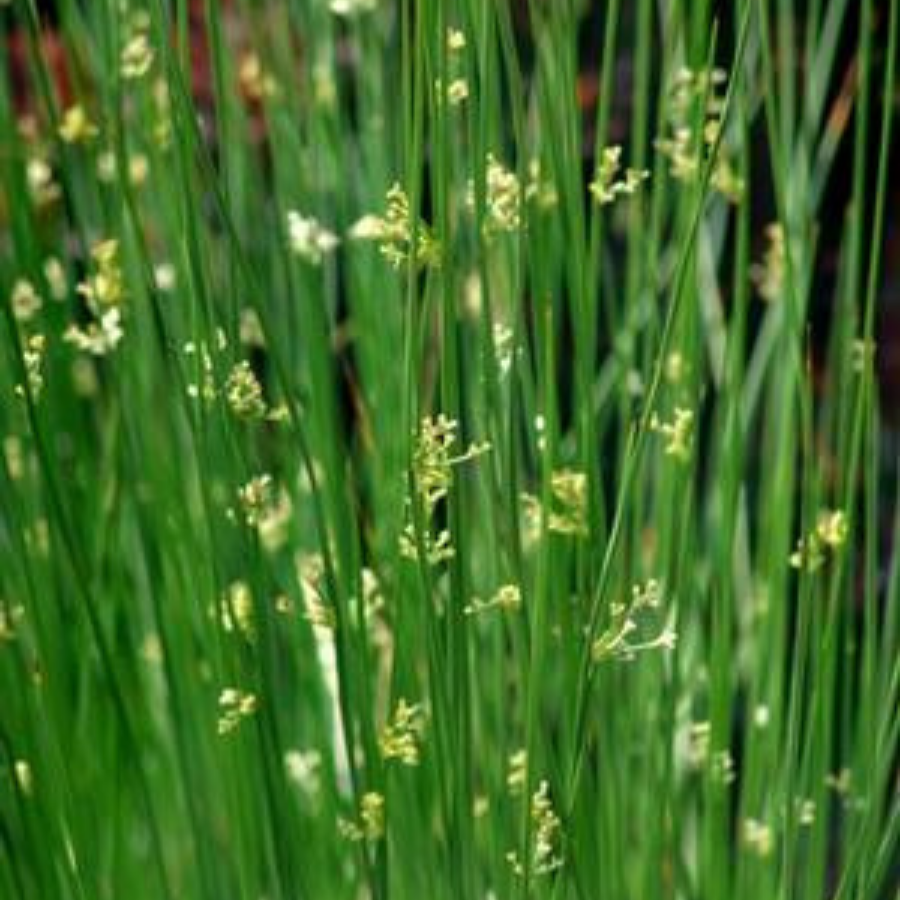Wetlands Education Program Bingo
Learn more about the wetlands features, plants & animals on your bingo card! Want to learn even more about wetlands? Click here to learn more about the Wetlands Education Program.
Large Woody Debris
Also known as LWD. Naturally occurs in wetlands and estuaries from surrounding trees naturally dying/falling over. LWD is an important part of a wetland ecosystem as in provides many habitat values to wildlife such as security cover, and hunting perches, and also adds nutrients to the wetland as it decomposes.
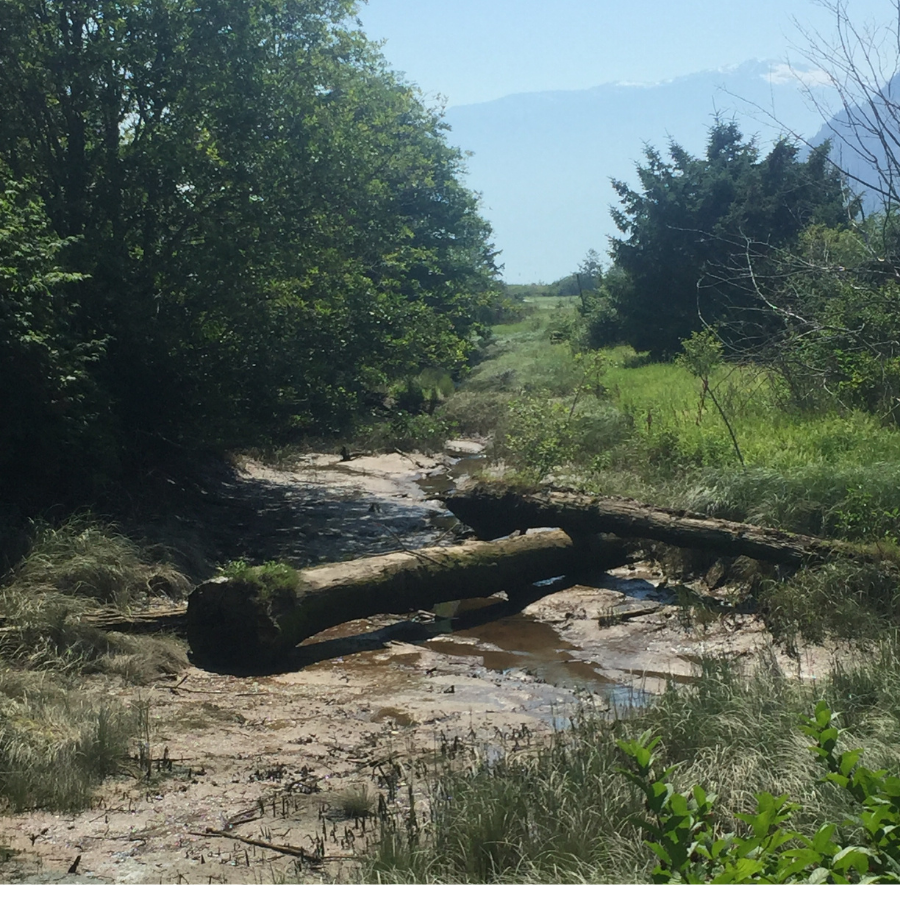
Invasive Blackberry
Himalayan Blackberry is a non-native blackberry plant that is found in many urban and rural environments. Although the berries are sweet to eat for humans and wildlife alike, it outcompetes many native berry plants (e.g., salmonberry, thimbleberry, huckleberry) and creates a monoculture which decreases habitat value, making the environment unlivable for many species of wildlife.
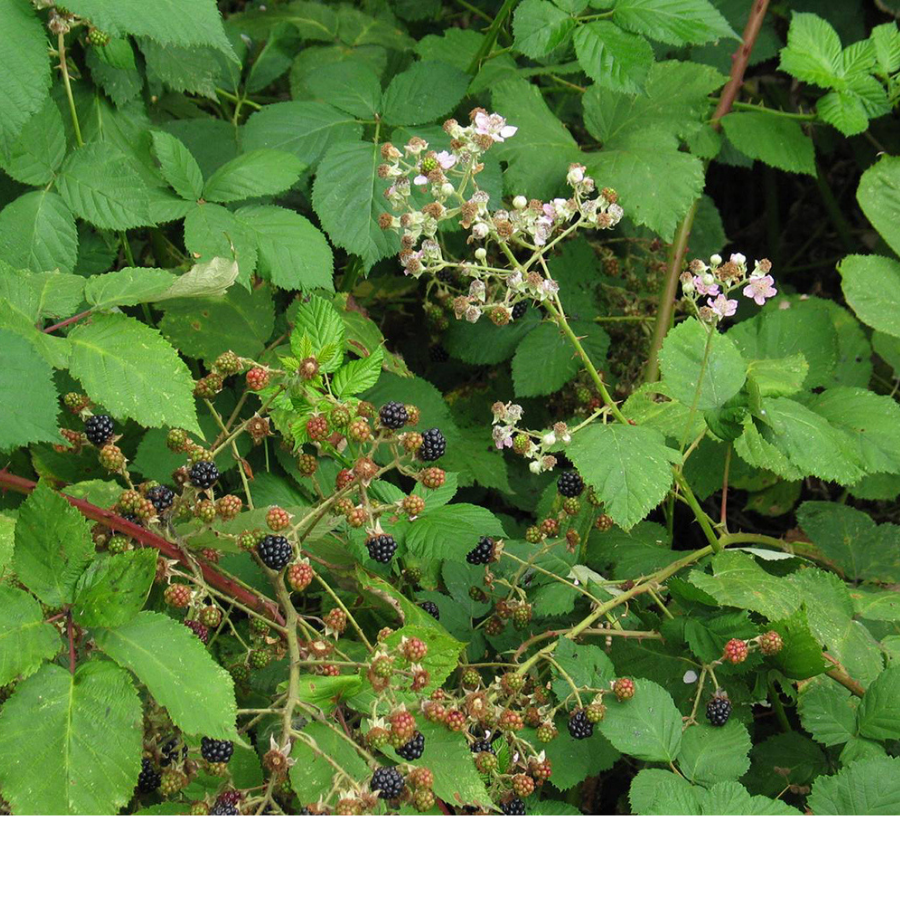
Hardhack
Also known as Douglas Spirea. This hardy shrub is known as a facultative wetland plant, meaning it prefers living in wetland (i.e., wet soil) environments, but can also survive in riparian areas, like along trails and the sides of creeks and rivers. This plant can be confused with a similar looking plant called sweet gale, but hardhack has a white underside on its leaves whereas sweet gale is green.
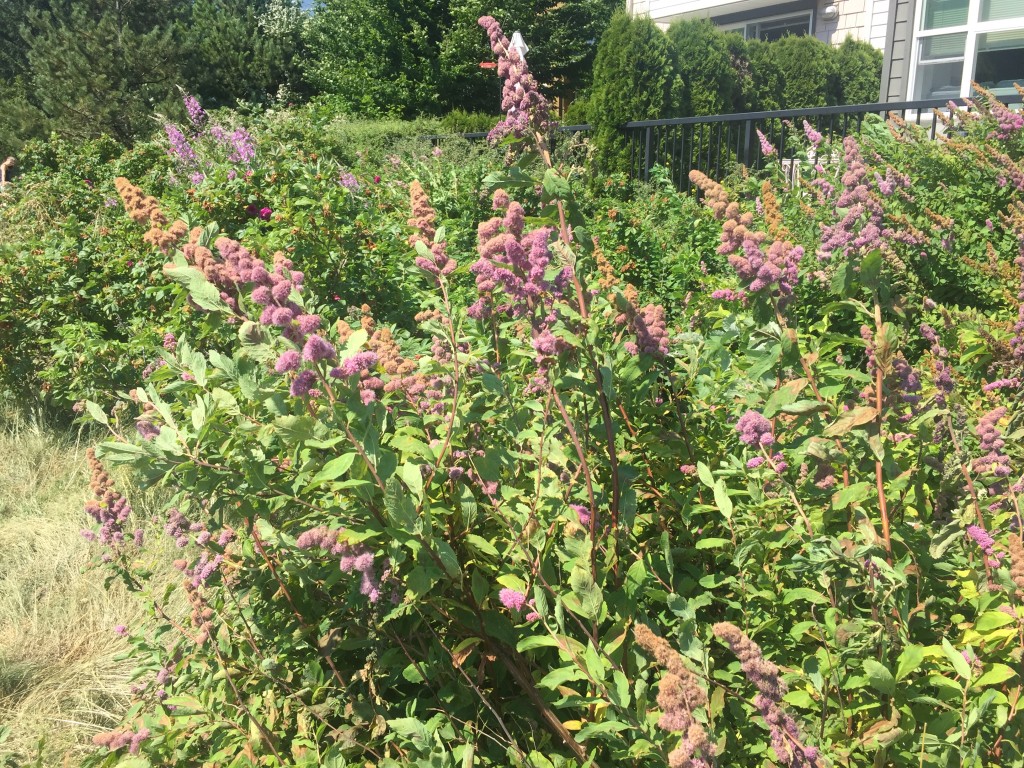
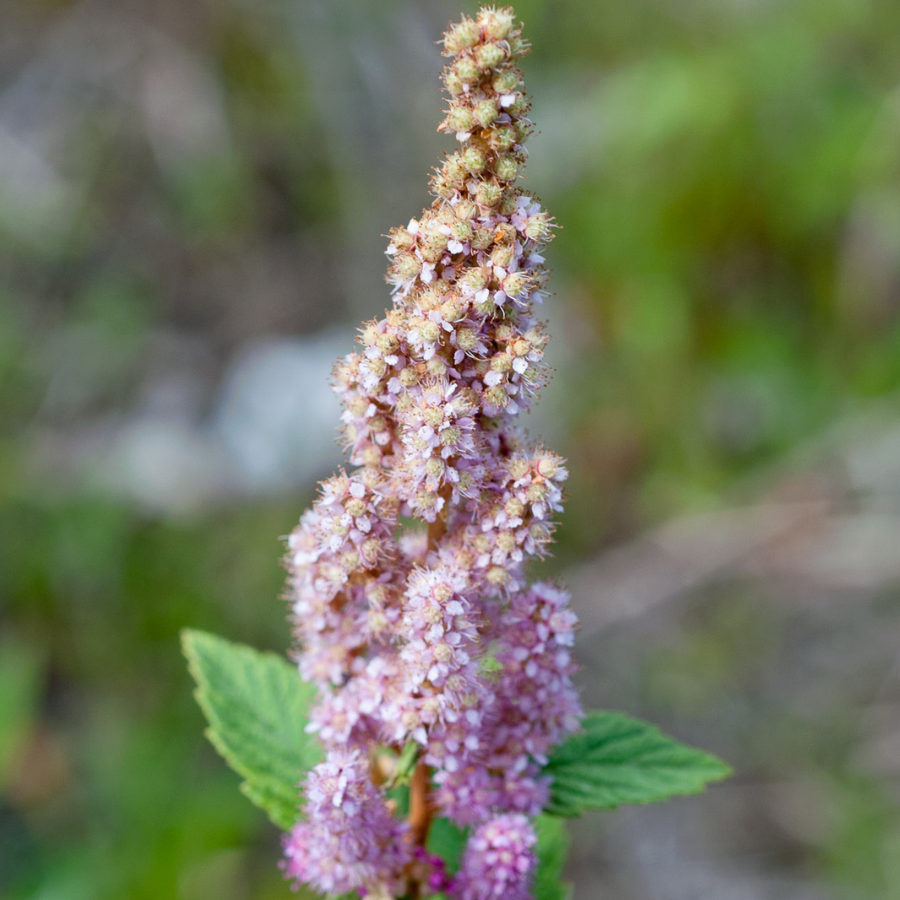
Red Elderberry
This is not a wetland plant but is often found in forest habitat adjacent to wetlands, and wet areas. This native plant is an important food source for many wildlife species and has several medicinal purposes. The leaves of Red Elderberry can be used as an eye wash after boiling, can clean out pores, and cure sinus problems. Red elderberry is most commonly found along the coast, and there is a variety found in the interior of BC with black berries. These berries are considered edible, but they should always be cooked/boiled since the raw berries can cause nausea in humans. 
Red Alder
This is a deciduous tree, meaning it loses its leaves in the winter. This tree loves living in moist environments like swamps and along creeks and rivers. You can identify this tree by its leaves which have saw-like edges that comes to a sharp point at the end, and its bark which is a smooth grey, often with patches of lichen. The flowers are also notable in the spring and hang in long cylindrical spikes called catkins. This tree is known as a “nitrogen fixer”- it’s able to remove nitrogen from the air and “fix” it into a form that other plants can use, making this a great tree to plant at degraded sites to help out the success of other plants.

Cattails
Cattails, formally known as bulrushes, are an obligate wetland plant meaning they will only be found growing in environments with wet, saturated soils and are often found in freshwater marshes. Cattails are an important habitat feature and food source to many marsh animals such as red winged black birds, waterfowl and muskrats. This plant can be identified best in the late spring and early summer by its characteristic seed that is long, brown, and looks like a straight hot dog. The leaves, or tules, were used by coastal indigenous peoples to make woven mats, as insulation for homes, and for hats and bags. The cattail seed fluff was used as stuffing for pillows and mattresses, and for dressing wounds and lining diapers.
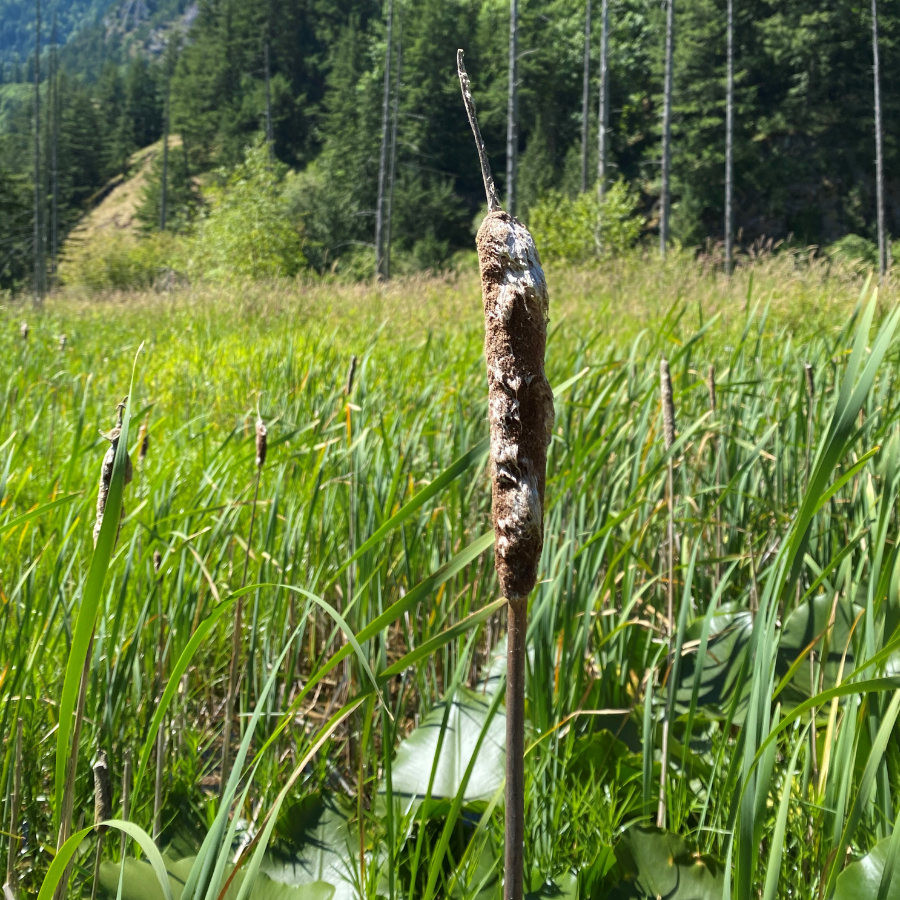
Sedges
Sedges are an obligate wetland plant meaning they will only be found growing in environments with wet, saturated soils and are often found in freshwater and saltwater marshes (estuaries) or fens. This grass-like plant can be identified from other grass-like plants by the fun poem “sedges, have edges, rushes are round, grasses have joints all the way to the ground”. When a sedge is rolled between your fingers right below the flowering part, it feels triangular with edges, whereas grasses have joints or bends all along the stem all the way down, and rushes feel round when rolled between the fingers. There are over 2000 species of sedges and are difficult to tell apart without the flower present.
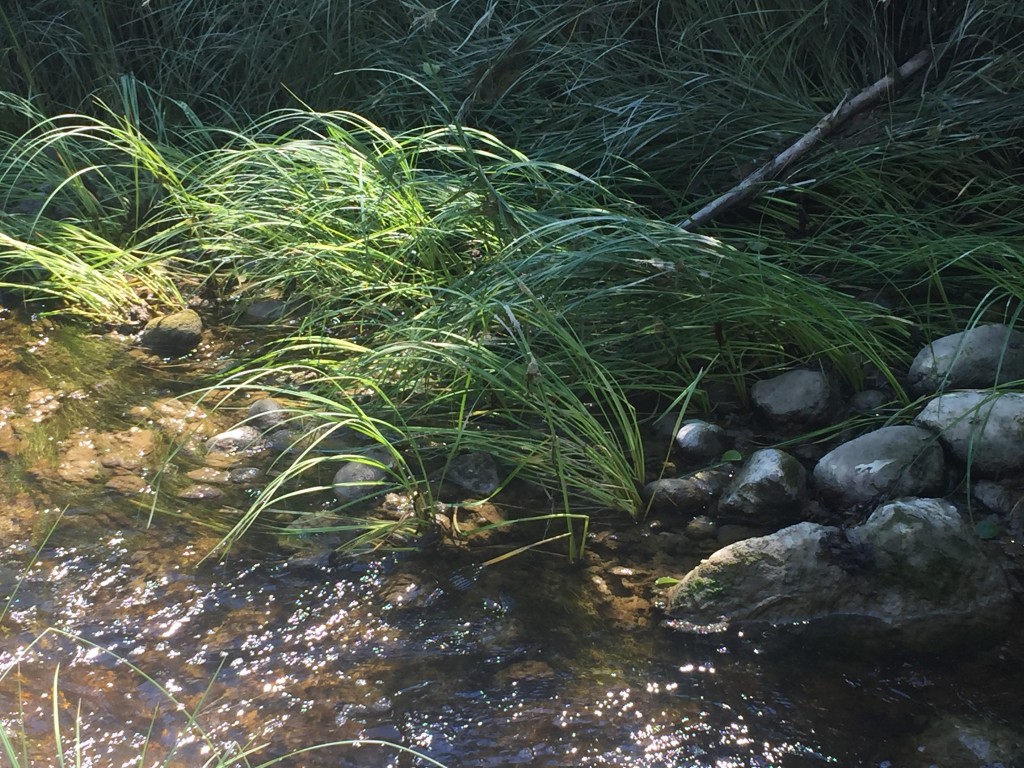
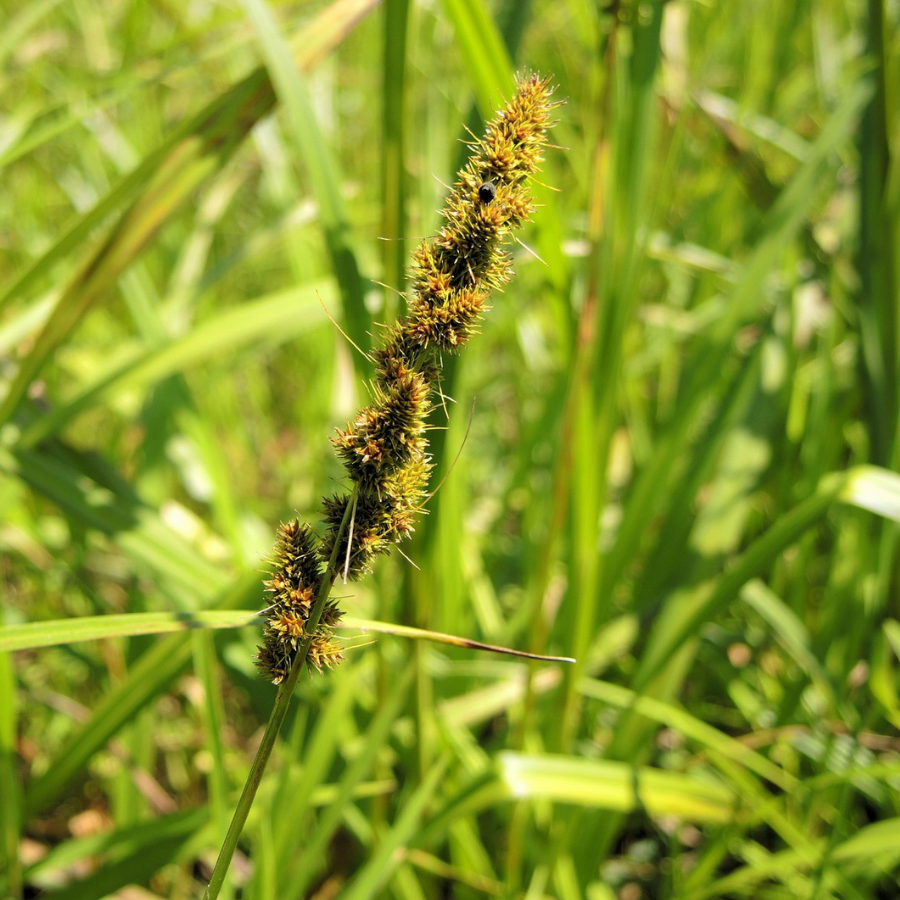
Red Winged Black Bird
This flashy marsh bird is hard to miss in the early summer. The breeding males are all black with bright red and yellow shoulder patches, and can be heard singing for their mates, which are a more reserved brown colour. This bird is found all over North America and is a familiar sight atop cattails, along soggy roadsides, and on telephone wires.
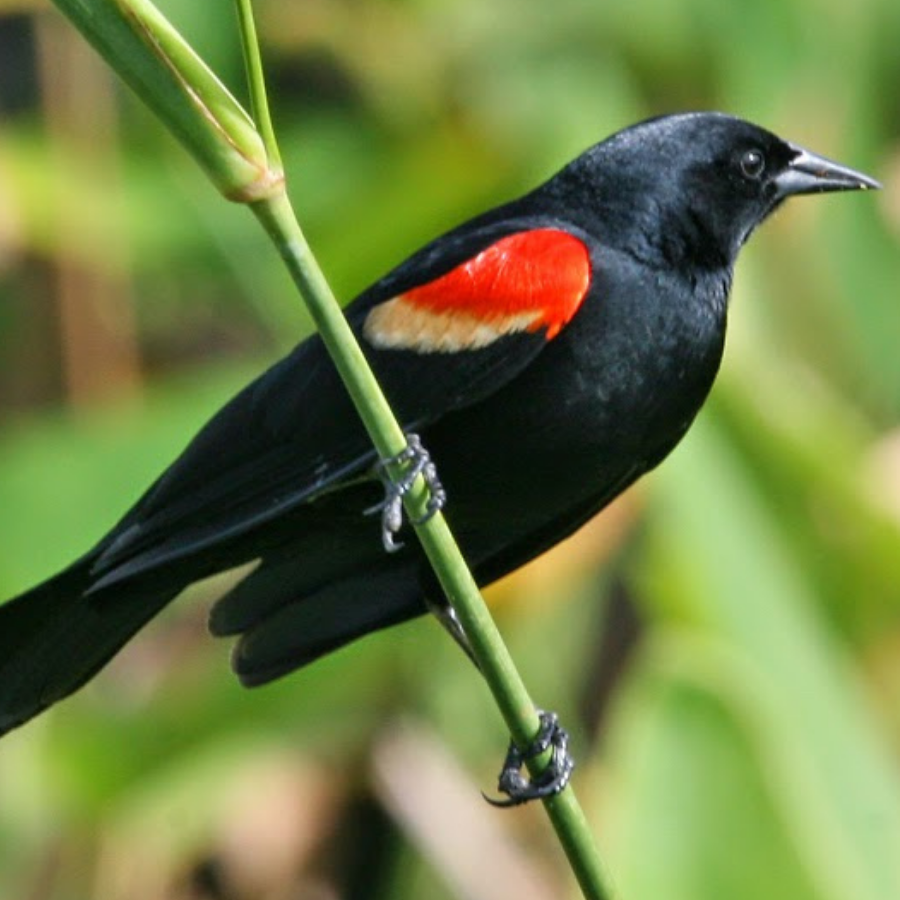
American Robin
This classic North American bird is recognizable by its prominent orange-red breast and are some of the first birds to appear after winter. Although not classified as a wetland bird, they are often seen in open forest areas next to wetlands, streams and rivers, and also feel comfortable in urban areas, seen tugging up worms from lawns and gardens.
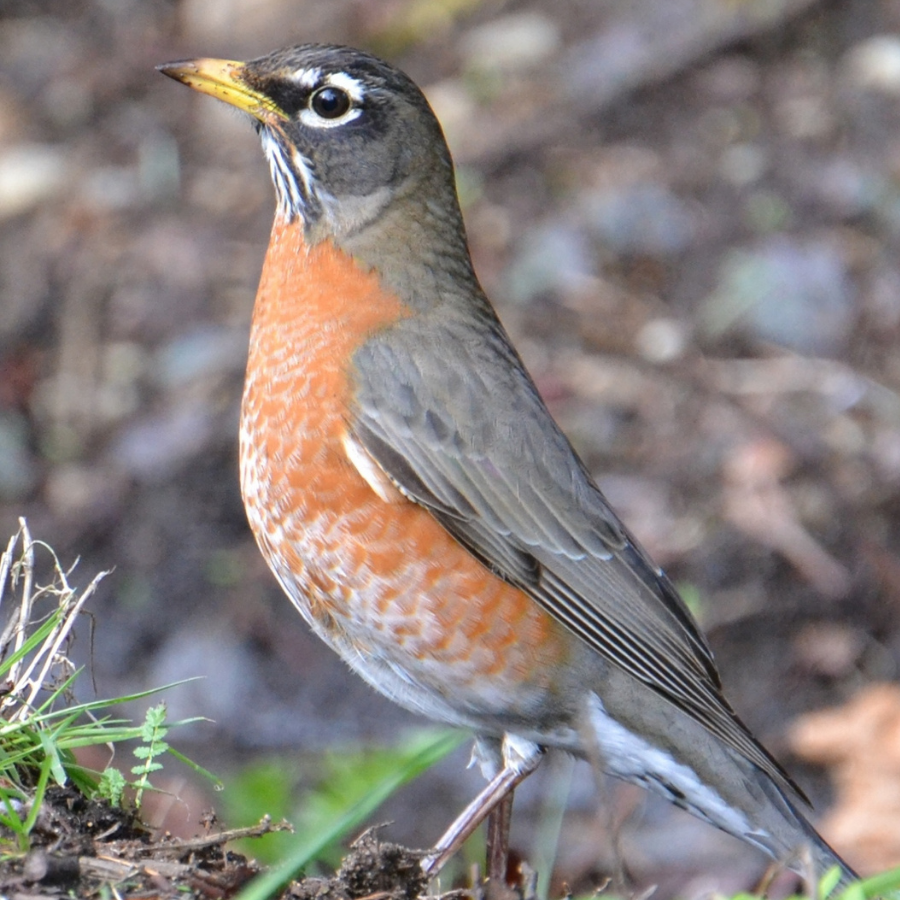
Horsetail
This hardy plant in a facultative wetland plant, meaning it prefers to live in moist soil environments, but it can also live in other areas like the sides of roads and ditches. There are 10 species of horsetail found in BC and can sometimes be identified by comparing the length of their branches to the length between the joints on their stems.
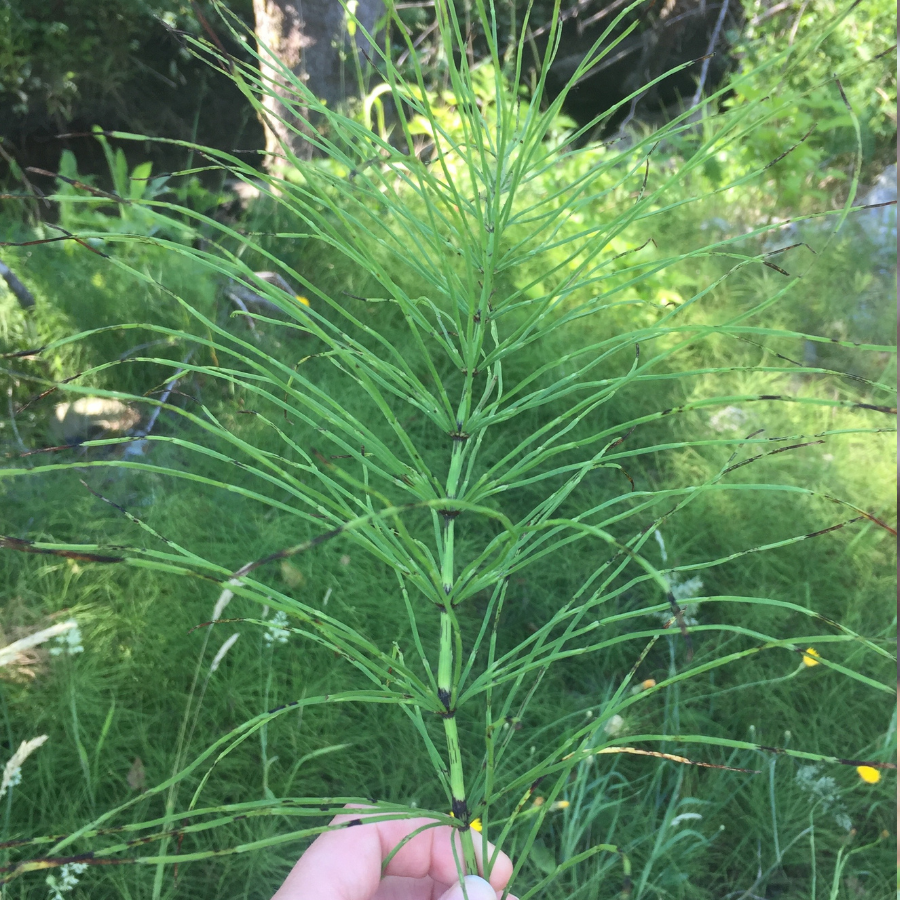
Soft Rush
Also known as common rush, this plant is an obligate wetland plant, only thriving in moist and saturated soils. This plants flower grows off the side of the stem rather than the top, making it easier to identify, and usually grows in large clumps. Similar to sedges, this grass-like plant can be identified from other grass-like plants by the fun poem “sedges, have edges, rushes are round, grasses have joints all the way to the ground”; rushes feel round when rolled between the fingers.
